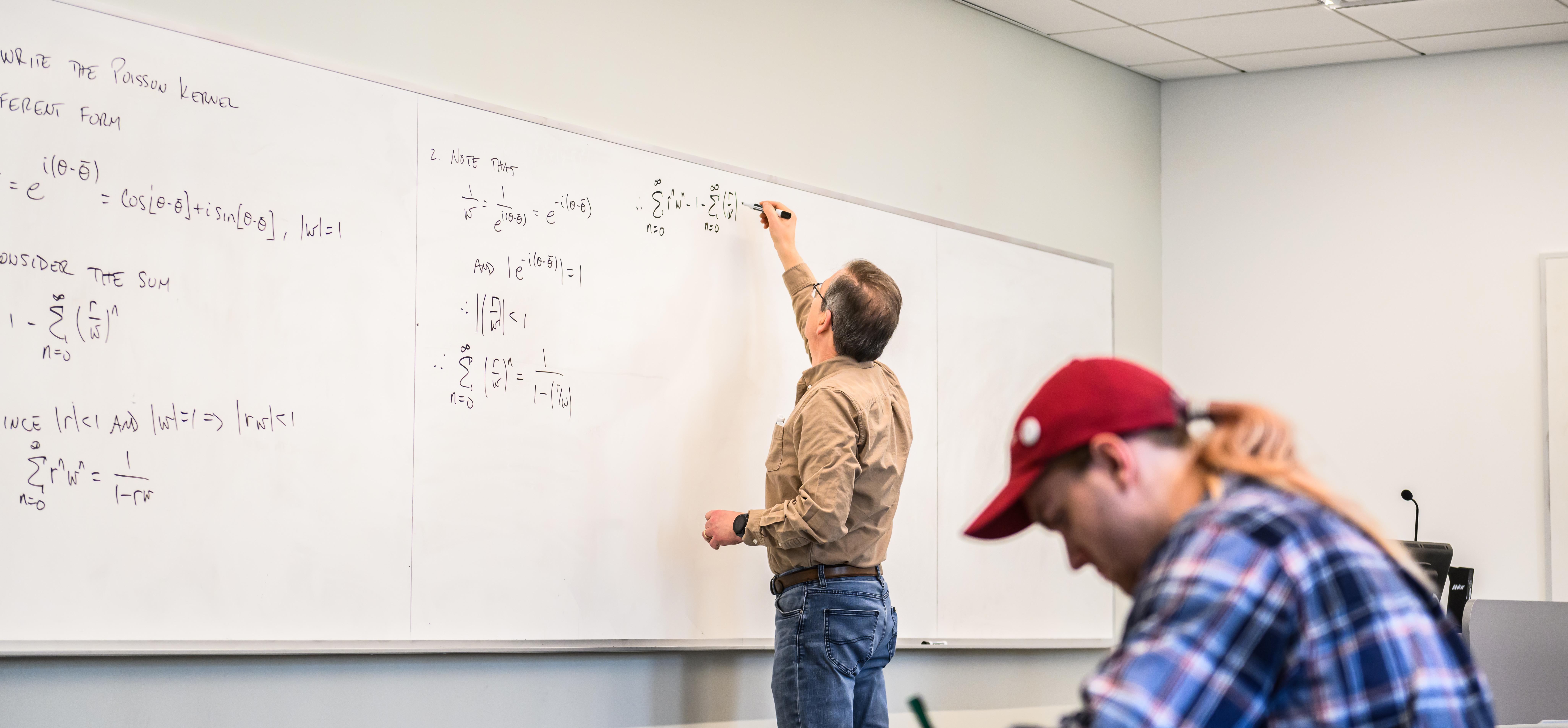Dalin Tang, a professor of mathematical sciences and biomedical engineering at WPI, will represent the American Mathematical Society at the Coalition for National Science Funding exhibition and reception on Capitol Hill on June 26. Tang will present results from multi-institution research he directs that is producing, for the first time, a comprehensive understanding of the growth, progression, and rupture of human atherosclerotic plaque.
WORCESTER, Mass. – Dalin Tang, professor of mathematical sciences and biomedical engineering at Worcester Polytechnic Institute (WPI), represented the American Mathematical Society (AMS) at the annual Coalition for National Science Funding (CNSF) exhibition and reception on Capitol Hill June 26.
CNSF is an alliance of more than 100 scientific societies, universities, and corporations that advocates for increased funding for National Science Foundation (NSF) research and education programs. Since 1995, the coalition has sponsored an annual event in Washington, D.C., to showcase research made possible by NSF awards. Members of Congress and their staffs are invited to view exhibits on a wide range of current research projects and talk with researchers. Each exhibit is sponsored by a CNSF member.
Tang presented results from several multi-institution research projects he directs that are producing, for the first time, a comprehensive understanding of the growth, progression, and rupture of human atherosclerotic plaque. Plaque is a medical condition closely related to most forms of cardiovascular diseases, the leading cause of death in the developed world. Tang's research is aimed at developing diagnostic tools that physicians can use to determine which arterial plaques are most vulnerable to rupture—technology that could save lives and lower medical costs.
With more than 28,000 individual members and 550 institutional members in the United States and abroad, AMS seeks to promote mathematical research and its applications, strengthen mathematical education, and foster awareness of mathematics and its connections to other disciplines and to everyday life. AMS associate executive director Samuel M. Rankin III, who is also current chair of CNSF, selected Tang to represent the society because of the significant federal research funding his research has garnered, including more than $3 million in NSF and National Institutes of Health awards over the past five years.
"The CNSF exhibition seeks to demonstrate that NSF-funded basic research not only leads to new discoveries in science, engineering, and mathematics, but also is the foundation for new technologies that can benefit society," Rankin says. "Mathematics underpins many technologies we enjoy today, yet this is not well understood by the public or policy makers. Dalin Tang's research is an excellent example. It has the potential to have a substantial impact on the future treatment and care of cardiac patients."
With his most recent NSF award ($1.8 million granted in 2006 by the agency's Division of Mathematical Sciences and Directorate of Biological Sciences, along with the National Institute of General Medical Sciences), Tang and his team, which includes WPI professors Homer Walker, Joseph Petruccelli, Christopher Sotak, and Allen Hoffman, and collaborators from the University of Washington, Seattle, Washington University, St. Louis, University of California, Irvine, Shinshu University in Nagano, Japan, and Beijing Normal University in the People's Republic of China, are using computational modeling, MRI (magnetic resonance imaging), and histological studies of diseased arteries to develop a detailed picture of the physical and biological conditions inside arteries that promote the initial formation of a plaque, and then favor its continued growth. The work is also revealing, in unprecedented detail, the factors that cause plaques to rupture, leading directly to heart attacks and stroke.
Tang's presentation also covered results from research on surgical optimization (a collaboration with Drs. Pedro del Nido and Tal Geva at Children’s Hospital in Boston and Harvard Medical School). He is using computational models to compare three approaches to replacing the pulmonary valve in children who earlier had surgery to correct Tetralogy of Fallot, a congenital condition that leaves the heart unable to pump sufficient oxygenated blood through the body. Tang's model, which takes into consideration blood flow and stress and strain on heart tissue and an implanted patch, appears to provide a better way to evaluate the success of the various surgical techniques than CMR (cardiac magnetic resonance imaging), the current standard.
"Our long-term goal," Tang says, "is to produce an accurate model—verifiable with actual clinical data—that can help surgeons make decisions about the best course of surgery in particular cases. We are very glad to have had this opportunity to explain this work, as well as the great importance of federal science funding to research teams like ours, to members of Congress."

